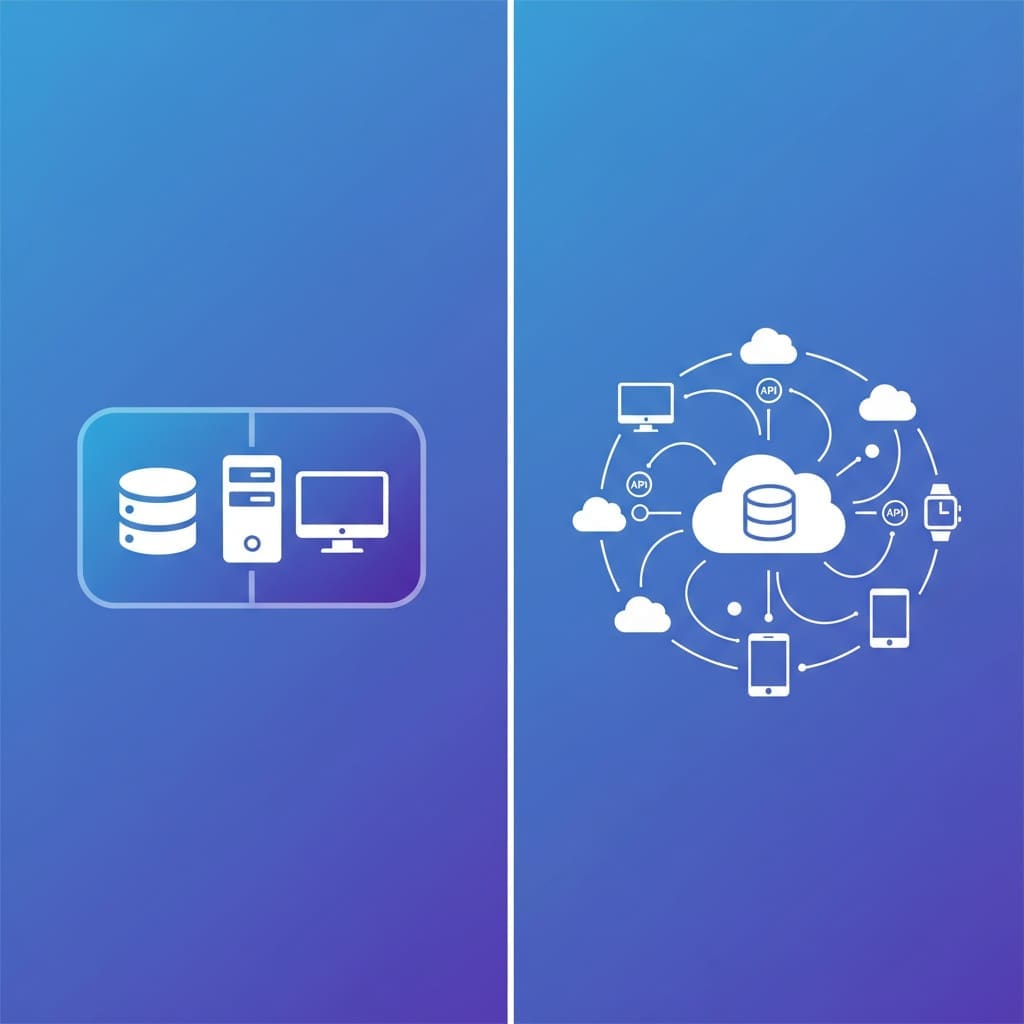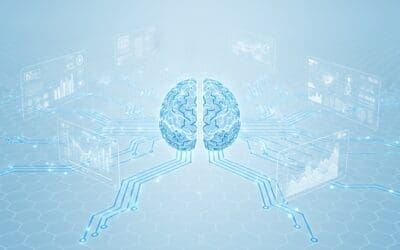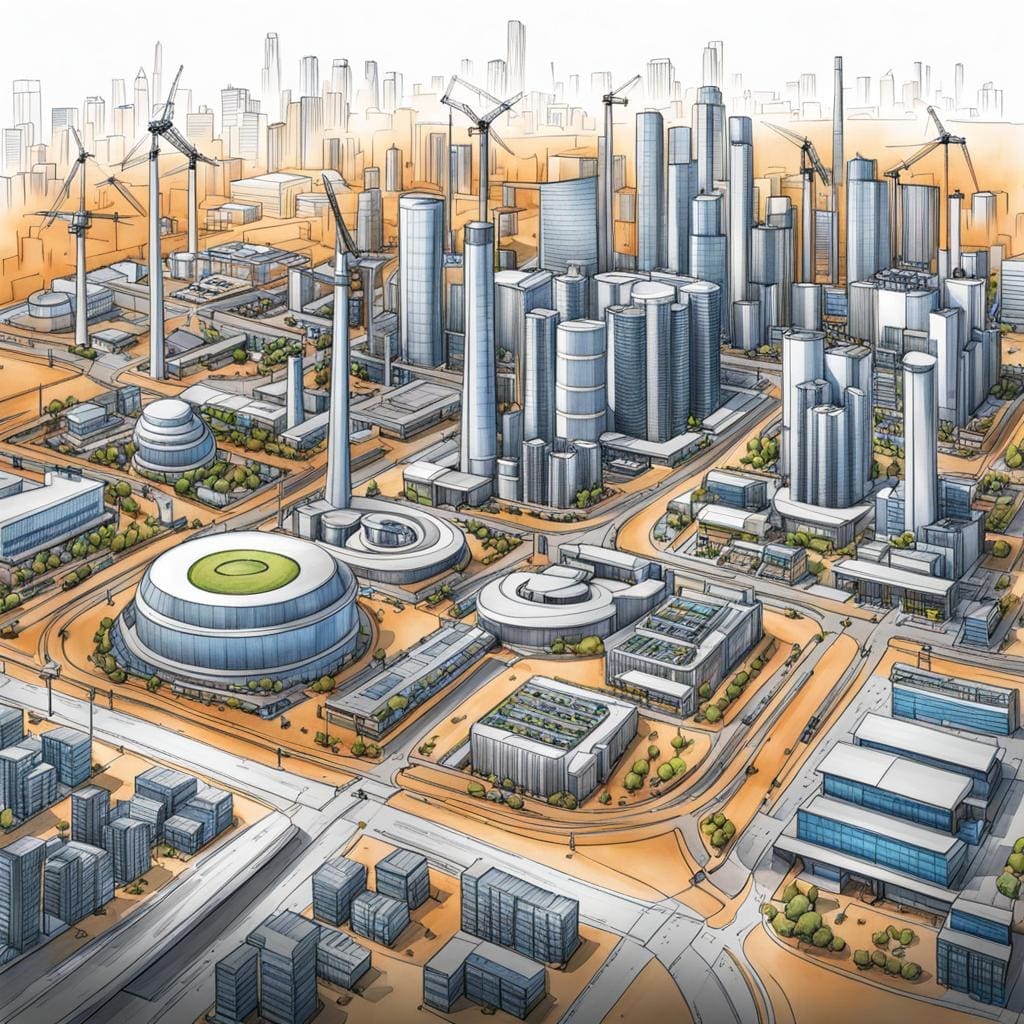Choosing a modern content management system (CMS) is essential for establishing a successful online presence. Whether you are a small business owner creating your first website or an enterprise looking to update your digital infrastructure, it is vital to understand the key differences between traditional and headless CMS platforms to make an informed decision.
What is a Traditional CMS?
A traditional content management system (CMS) is a platform that combines back-end content management with presentation in a single, integrated package. Think of it as a complete toolkit where everything you need—content creation, storage, design templates, and front-end display—lives under one roof.
Popular traditional CMS platforms include WordPress, Drupal, and Shopify. These systems have powered millions of websites for decades, offering a straightforward approach where what you see in the back-end is what your visitors see on the front-end.
Traditional CMS Characteristics:
- Coupled Architecture: The content and presentation layers are interconnected, allowing your content to be directly linked to the front-end user interface.
- User-Friendly Interface: Most traditional platforms feature intuitive dashboards that enable non-technical users to manage content with ease.
- Built-in Templates: Pre-designed themes and templates help launch a professional-looking website quickly.
- Plugin Ecosystems: Extensive libraries of plugins and extensions enhance functionality without the need for custom development.
- Single-Channel Focus: These platforms are primarily designed for delivering content to websites.
Traditional CMS Advantages:
- Faster initial setup and deployment
- Lower upfront costs for basic implementations
- Easier for content teams to learn and use
- Comprehensive out-of-the-box features
- Large communities and abundant resources for troubleshooting
Traditional CMS Limitations:
- Less flexibility for multi-channel publishing
- Performance can become an issue with complex customizations
- Potential cybersecurity vulnerabilities for licensed plugins
- Performance scaling challenges for high-traffic or complex applications
- Limited ability to deliver content to mobile apps, IoT devices, or other digital touchpoints
What is a Headless CMS?
A headless CMS adopts a fundamentally different approach by separating content management from content presentation. In this setup, the “head” (the front-end display layer) is decoupled from the “database” (the content repository). This design allows developers to create customized user experiences.
In a healess CMS architecture, the back-end serves as a content repository, delivering information via APIs to any front-end framework, such as Next.js.s and Vue.js.
Headless CMS Characteristics:
- Decoupled Architecture: Content management and presentation are completely separate systems
- API-First Framework: Content is delivered through RESTful APIs or GraphQL to any front-end application
- Framework Agnostic: Developers can use any programming language or framework for the presentation layer
- Omnichannel Support: The same content can be delivered to websites, mobile apps, smartwatches, digital signage, and more
- Developer-Friendly: Requires more technical expertise but offers unlimited customization possibilities.
Headless CMS Advantages:
- Ultimate flexibility in design and functionality
- Superior performance and faster load times
- Enhanced security through reduced attack surface
- Future-proof architecture that adapts to new channels
- Scalability for enterprise-level applications
- Better developer experience with modern tools and workflows
Headless CMS Limitations:
- Higher initial development costs and complexity
- Requires skilled developers for implementation and maintenance
- Content editors can’t preview exactly how the content will appear across all channels
- Longer time-to-market for initial launch
- More complex infrastructure to manage
Which Solution is Suitable for Your Business?
Choosing between a traditional and headless CMS depends on your specific budget, technology requirements, and long-term business goals.
Traditional CMS Considerations:
- Your project needs to be deployed quickly, but you have limited technical resources.
- Your website requirements are straightforward.
- Your business has budget constraints for initial development.
- Your business focuses on a single website channel.
Headless CMS Business Considerations:
- Your business needs the ability to publish content across multiple devices and platform channels
- Your business requires a highly customized user experience
- Your business has development resources and a budget for custom solutions
- Your business requires ongoing performance, security, and long-term scalability
- Your business plans to integrate with various third-party systems and services
OpenMedium is Your Partner for Both Traditional and Headless CMS Implementations
At OpenMedium, we understand that there’s no one-size-fits-all solution to content management. Since 2010, we’ve helped businesses across Colorado and nationwide navigate the complex world of content management systems.
Our Traditional CMS Expertise
We’ve built our reputation on delivering successful traditional CMS platforms like WordPress, WooCommerce, and Drupal. Whether you’re a Denver-based small business in need of a professional web presence or a growing company requiring robust e-commerce functionality, our team brings over a decade of experience to every project.
Our traditional CMS services include;
- Custom website design and development
- E-commerce implementation and optimization
- Plugin development and customization
- Performance optimization for faster load times
- 24/5 managed web services, including hosting, software maintenance, cybersecurity audits, and malware removal
- Migration from legacy systems to modern platforms
Our Headless CMS Expertise
For businesses ready to scale their digital footprint, OpenMedium offers comprehensive headless CMS services. We specialize in platforms like Statamic that can integrate with any modern front-end framework to create blazing-fast, highly customized digital experiences.
Our headless CMS services include;
- Headless architecture design and implementation
- API development and integration
- Custom front-end development using modern frameworks
- Omnichannel content strategy and delivery
- Cloud infrastructure setup on AWS and Google Cloud
- Ongoing support and optimization
Why OpenMedium?
With more than a decade of experience, we have earned a 5-star reputation built on the core values of honesty, trust, and long-term relationships. We don’t just build websites; we foster lasting relationships. Our longest-standing client has been with us since 2007, a testament to the value we deliver year after year.
We leverage traditional and agile project management methodologies to deliver projects within your budget and timeline. Whether you need a quick turnaround for a small business website or a comprehensive digital transformation for a larger organization, we have the flexibility and experience to deliver results.
Making Your Decision
Choosing between traditional and headless CMS doesn’t have to be hard. The right partner can help you evaluate your current needs, anticipate future growth, and select the solution that delivers the best return on investment.
At OpenMedium, we’ve guided countless businesses through this decision-making process. We’ll take the time to understand your goals, assess your technical resources, and recommend the approach that makes the most sense for your situation—whether that’s traditional, headless, or even a hybrid solution.
Ready to explore which CMS solution is right for your business? Let’s start a conversation about your digital future. With flexible monthly agreements and a track record of successful implementations across industries — from healthcare to hospitality, construction to retail —we’re ready to simplify your digital transformation and create real value for your organization.
Contact OpenMedium today to discuss your web development needs and discover how the proper CMS can transform your digital presence.






